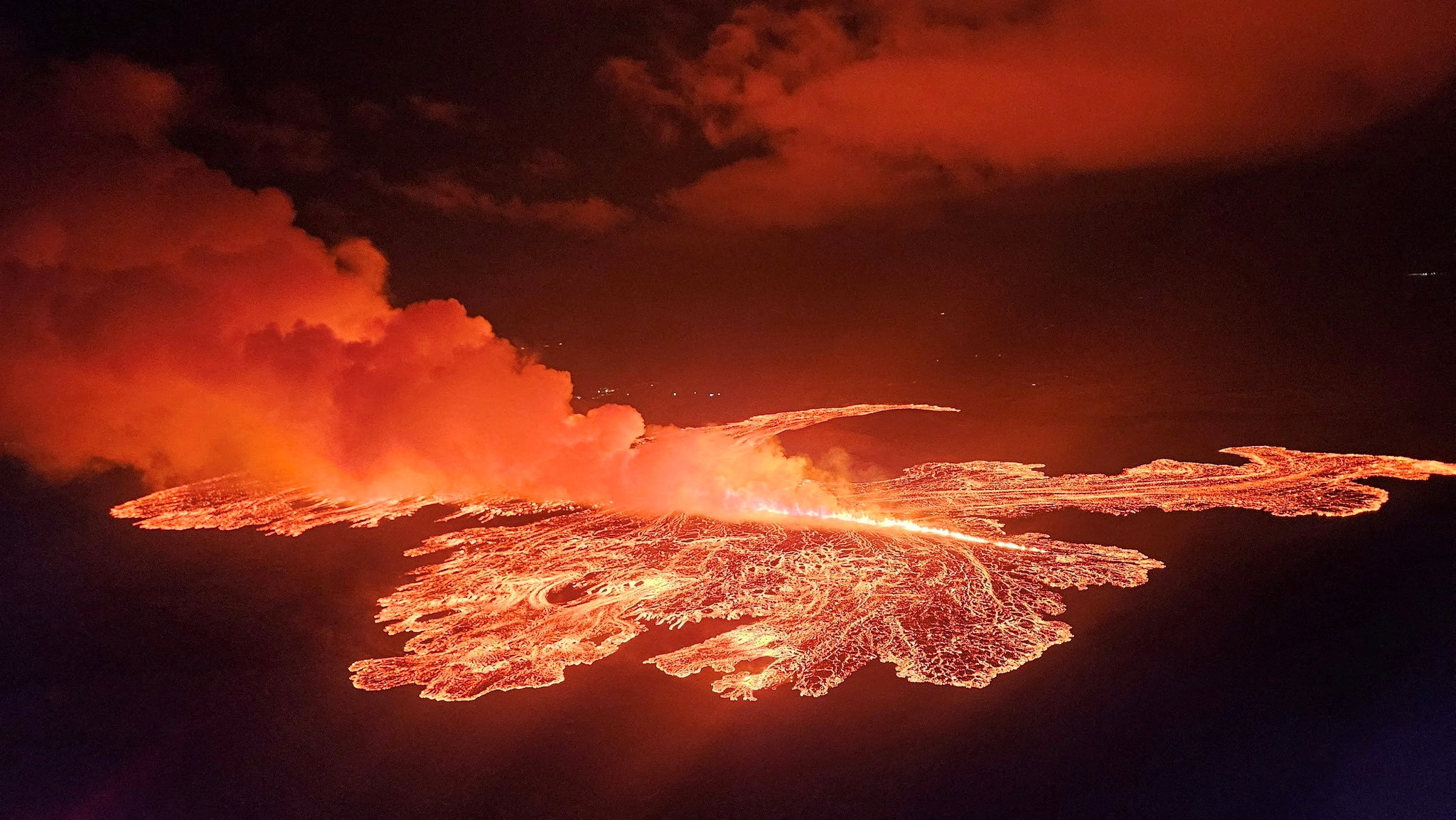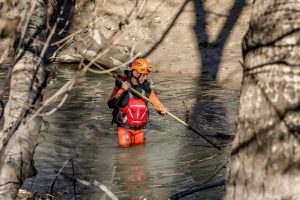A volcano near the capital of Iceland erupted late Wednesday for the seventh time in a span of a year, the tenth in three years, releasing streams of lava and smoke, the Icelandic meteorological office reported.
According to Reuters, Iceland is home to numerous volcanoes, geysers, and hot springs, lying on the boundary between the Eurasian and North American tectonic plates. Authorities had warned of imminent activity as underground magma accumulated on the Reykjanes peninsula, about 30 km southwest of Reykjavik.
According to the meteorological office, Wednesday’s eruption began a little after 11 PM local time and peaked some three hours later. It was significantly smaller than the last eruption, which began on 22 August and ended on September 6. The estimated lava flow rate this time round was about 1,300 m³/s, compared to approximately 2,500 m³/s during the August eruption.
These fissure eruptions have not directly impacted the capital or caused significant ash dispersion into the atmosphere to disrupt air travel. Dormant for 800 years, the volcanic systems in Reykjanes reactivated in 2021 and have erupted with increasing frequency, marking six eruptions so far in 2024.
Grindavik, a nearby fishing town once home to nearly 4,000 people, remains largely abandoned following an evacuation order in December 2023, due to recurring lava threats. Authorities have constructed barriers to protect the town and nearby infrastructure, including a power station and the Blue Lagoon spa.
Scientists predict that the Reykjanes area will experience frequent eruptions for decades or even centuries.



